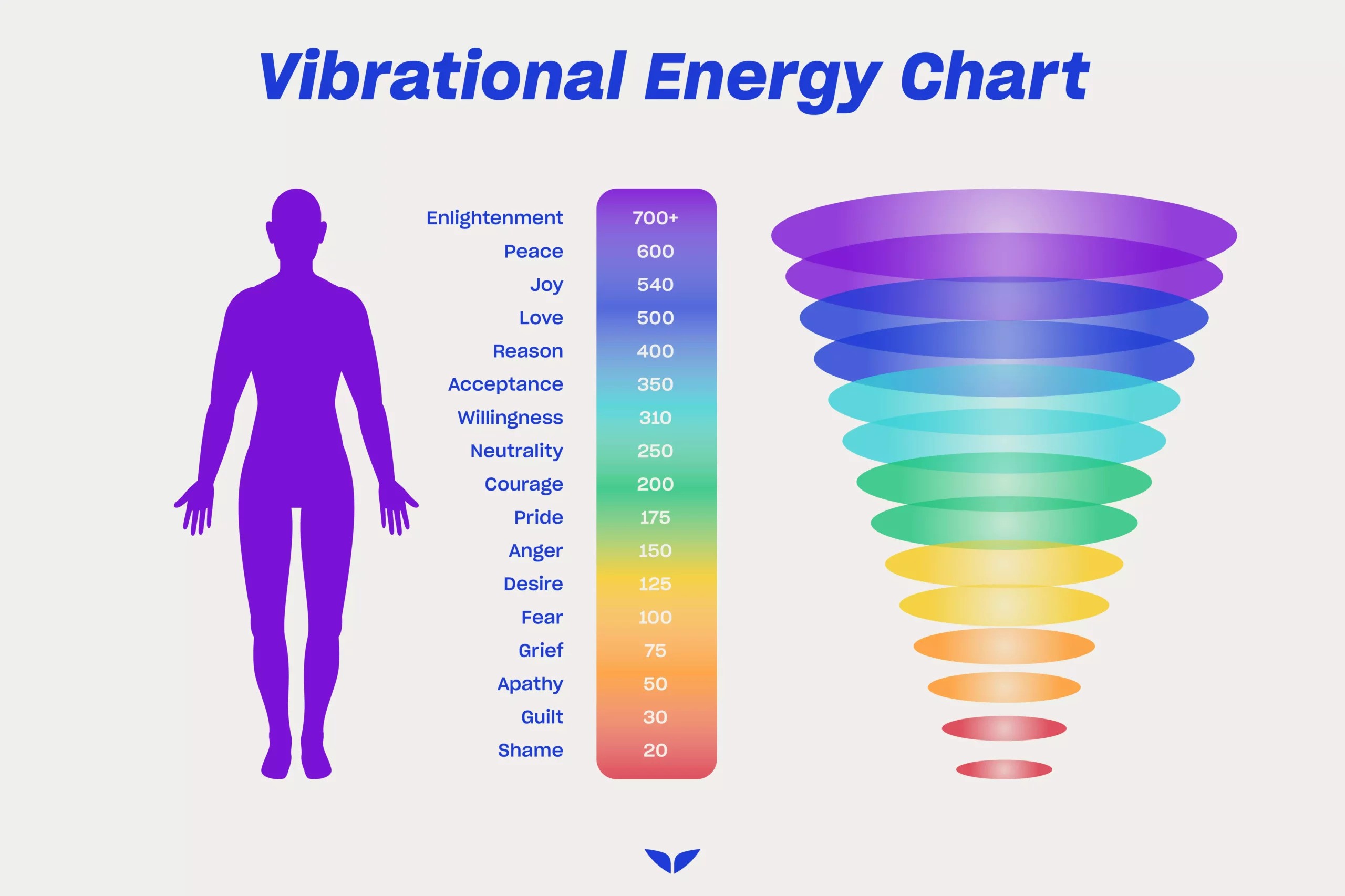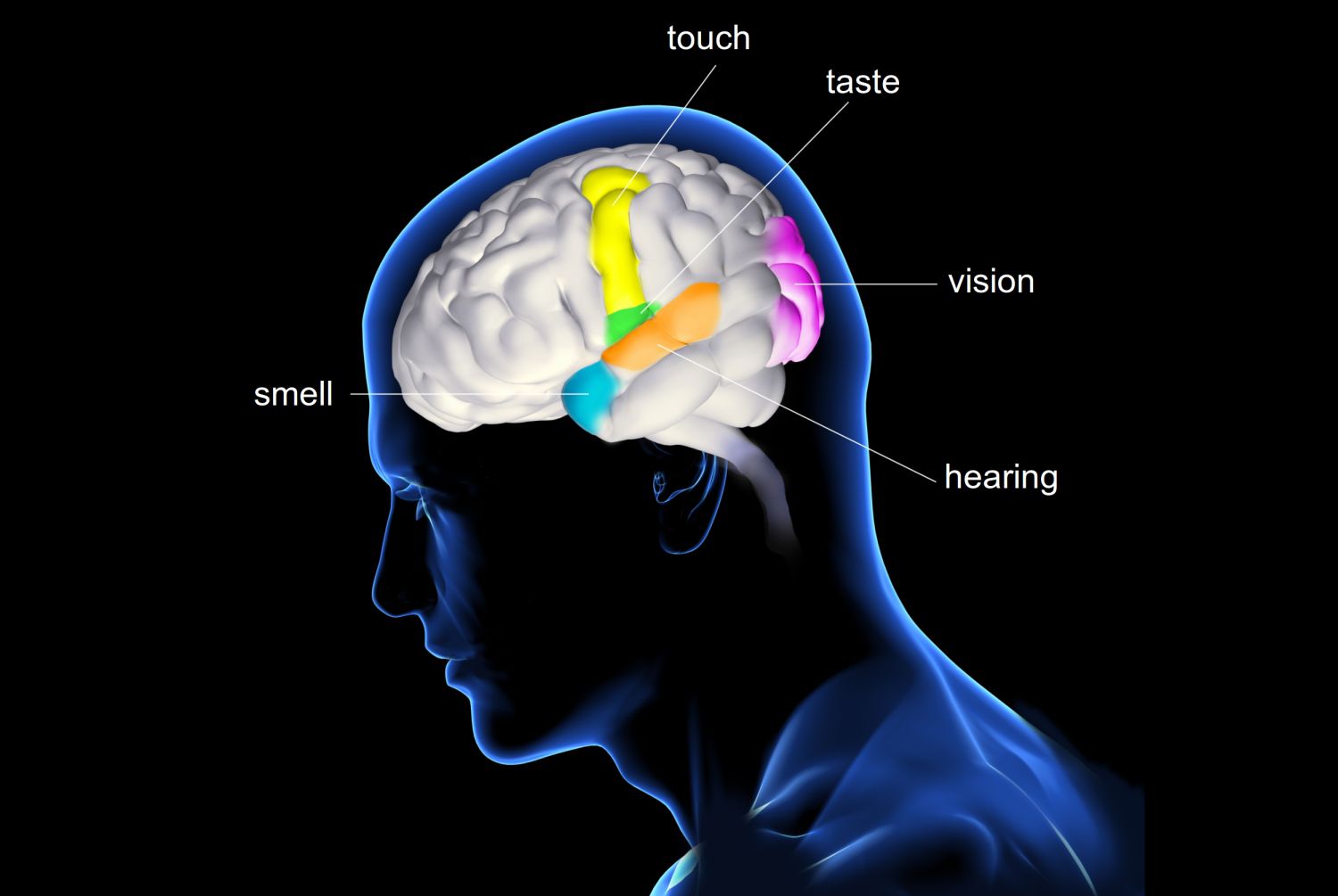The Art of Effective Communication: Tips for Building Strong Relationships
We, humans, communicate every day, whether consciously or subconsciously. Effective communication is key to building strong relationships, whether at work or in our personal lives.
So, what is effective communication? In simple terms, it refers to the exchange of information between two or more individuals where the intended message is accurately delivered and understood. Effective communication is vital in any relationship. It promotes understanding, builds trust, and helps to avoid conflicts that may arise due to misinterpretations or misunderstandings.
Effective communication also helps to foster positive relationships, enhances teamwork, and leads to increased productivity in the workplace. Despite the importance of effective communication, it is not always easy to achieve. It requires both parties to be actively engaged by listening and responding appropriately. Effective communication also involves being aware of communication barriers such as cultural differences, language barriers, or even personal biases.
In essence, effective communication involves more than just speaking and hearing. It requires active listening, understanding the other person's communication style, and being aware of one's body language and emotions.
In the next sections, we will delve deeper into these various aspects of communication and provide tips on how to overcome challenges that may arise.
Understanding Communication Styles

Understanding Communication Styles Effective communication is not just about what you say, but how you say it. Communication style refers to the different ways people communicate. There are various communication styles, including passive, aggressive, assertive, and passive-aggressive. Understanding communication styles is crucial in building strong relationships.
Passive communication is characterized by being submissive, avoiding conflict, and letting others take charge. On the other hand, aggressive communication is confrontational, imposing, and dominating. Being assertive means being expressive while being respectful of others' opinions. Passive-aggressive communication can be manipulative and inconsistent. It’s essential to understand your communication style to navigate interactions with others successfully.
Knowing your style will enable you to identify your strengths and weaknesses, and you can use this self-awareness to improve your communication skills. One effective way to adapt your communication style to others is by adjusting how you deliver your message. For example, if someone you are communicating with is passive, you can give your opinion and ask for their input without being overly assertive. Consider the other person's style and aim to meet them halfway. This way, you'll communicate effectively with them, build trust, and foster mutual respect.
Communication is the foundation of any relationship, and understanding communication styles is the key to successful communication. By identifying your style and being adaptable to others' styles, you can build strong relationships based on open and effective communication.
Active Listening

It's not uncommon to hear people say, "I'm not being heard" or "They don't understand me." Effective communication is so much more than speaking, it's also about listening. Actively listening is an important part of effective communication and has many benefits.
Why listening is important
Being a good listener allows you to understand others' views and address their needs. It can also help you avoid misunderstandings and mistakes. Active listening also shows that you value the other person's opinion. It's important to note that it's not just about listening to words but also paying attention to tone of voice, body language, and facial expressions.
Barriers to active listening
Many things can get in the way of effective listening. When you're distracted or not fully present, it can affect your ability to listen. Preconceived notions and assumptions can cause barriers to active listening, so it's important to keep an open mind. People's tone of voice and any external noise are other factors that can impact listening. It is critical to be aware of these factors and learn ways to overcome them.
Skills for active listening
Active listening involves devoting your full attention to understanding the speaker. This means not interrupting, seeking clarification when necessary, and summarizing to ensure you understand. Good listeners also ask questions and provide feedback.
In conclusion, active listening is a critical component of effective communication. It is important to pay attention to words, tone of voice, facial expressions, and body language. By overcoming the barriers to active listening and learning the skills to listen actively, you can build strong relationships with others.
Body Language

Did you know that 55% of communication is conveyed through body language? That's right - more than half of what we say is conveyed through non-verbal cues. This is why it's crucial to understand the importance of body language in communication.
Body language can convey a range of emotions, from happiness to anger, from surprise to disgust. Crossing your arms indicates defensiveness while maintaining eye contact expresses confidence and sincerity. Posture plays a role too - slouching can communicate a lack of interest or confidence while standing tall conveys a sense of pride and power.
There are different types of body language - facial expressions, hand gestures, and even the way we position our feet - and each type can communicate a different message. It's important to be aware of the signals you're conveying, but also to interpret the body language of others accurately. Interpreting body language involves paying attention to subtle cues and understanding the context of the situation.
For example, a smile could be genuine or forced, depending on the situation. Similarly, a person's posture could indicate boredom or fatigue, rather than disinterest. Mastering the art of body language can be challenging, but it's a key part of effective communication. So, pay attention to your non-verbal cues and learn to read those of others to create stronger relationships with those around you.
Emotional Intelligence

Emotional intelligence is the capacity to recognize, understand, manage, and use one's emotions efficiently, empathetically, and constructively. Emotional intelligence plays a critical role in establishing successful relationships, and it is becoming increasingly essential in today's workplace. Understanding emotional intelligence begins with being able to recognize and acknowledge one's emotions and those of others.
It involves paying attention to non-verbal cues such as facial expressions and tone of voice. Emotional intelligence also requires the ability to manage emotions appropriately, particularly during times of stress. Developing emotional intelligence involves becoming more aware of one's emotions and those of others. It also involves learning to regulate emotions effectively by identifying triggers and utilizing effective coping strategies. Additionally, developing emotional intelligence requires building empathy and understanding toward others, as well as building rapport and trust.
In the workplace, emotional intelligence is crucial for effective communication, collaboration, and leadership. By cultivating emotional intelligence, individuals can build more positive and productive relationships, leading to greater job satisfaction and success. Remember, emotional intelligence is not a fixed trait but rather a skill that can be developed over time. With practice, anyone can improve their emotional intelligence and reap the rewards in both their personal and professional lives.
Overcoming Communication Challenges
Identifying common communication barriers is the first step toward effective communication. Some of these barriers may include language differences, cultural differences, distractions, and emotional barriers. When dealing with language and cultural barriers, it is essential to know your audience and make an effort to understand their language and cultural background.
Distractions such as noise or interruptions can disrupt communication and should be avoided. Emotional barriers can be more challenging to overcome as they involve personal feelings and experiences. It is important to be aware of your own emotions and how they may be affecting your communication. Additionally, being able to recognize and understand the emotions of others can help to overcome communication barriers.
Tips for overcoming communication challenges include active listening, using appropriate body language, and developing empathy. Active listening involves paying attention to the speaker and avoiding distractions. Using appropriate body language, such as making eye contact and using facial expressions, can help to convey understanding and interest. Developing empathy involves putting yourself in the other person's shoes and understanding their perspective. It is also important to be clear and concise in your communication and use language that is appropriate for your audience.
Lastly, it is important to remain open-minded and willing to adapt your communication style as needed. Remember, effective communication takes practice and a willingness to learn and improve. By recognizing common communication barriers and implementing these tips, you can build stronger relationships through effective communication.
Conclusion
Communication is the foundation of every relationship, and it's important to have effective communication skills. Understanding different communication styles and adjusting your style to fit the situation is vital for building strong relationships.
Active listening skills, including overcoming barriers to listening, are necessary to ensure that all parties feel heard and understood. Additionally, understanding body language and emotional intelligence can lead to clearer communication and fewer misunderstandings.
Unfortunately, communication challenges can arise, but identifying common barriers and implementing strategies such as active listening can mitigate most issues. Overall, effective communication requires effort and practice, but the reward of positive relationships is worth it.



